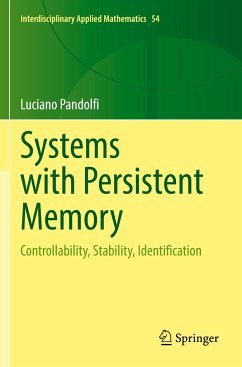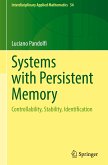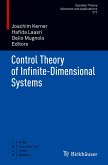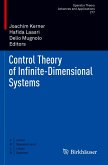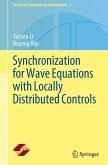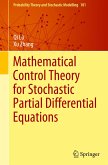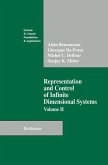This text addresses systems with persistent memory that are common mathematical models used in the study of viscoelasticity and thermodynamics with memory. In particular, this class of systems is used to model non-Fickian diffusion in the presence of complex molecular structures. Hence, it has wide applications in biology.
The book focuses on the properties and controllability of the archetypal heat and wave equations with memory and introduces the dynamic approach to identification problems and the basic techniques used in the study of stability.
The book presents several approaches currently used to study systems with persistent memory: Volterra equation in Hilbert spaces, Laplace transform techniques and semigroup methods. The text is intended for a diverse audience in applied mathematics and engineering and it can be used in PhD courses. Readers are recommended to have a background in the elements of functional analysis. Topics of functional analysis which younger readers may need to familiarize with are presented in the book.
The book focuses on the properties and controllability of the archetypal heat and wave equations with memory and introduces the dynamic approach to identification problems and the basic techniques used in the study of stability.
The book presents several approaches currently used to study systems with persistent memory: Volterra equation in Hilbert spaces, Laplace transform techniques and semigroup methods. The text is intended for a diverse audience in applied mathematics and engineering and it can be used in PhD courses. Readers are recommended to have a background in the elements of functional analysis. Topics of functional analysis which younger readers may need to familiarize with are presented in the book.
"The book is well-written in general. Many fascinating outcomes may be found in each chapter. As a result, Luciano Pandolfi's book Systems with Persistent Memory: Controllability, stability and Identification is accessible to a wide audience, beginning with postgraduate students. It also gives mathematicians and research engineers an excellent starting point. On the other hand, the book is a wonderful resource for researchers working in this field." (Udhayakumar Ramalingam, zbMATH 1491.93001, 2022)

